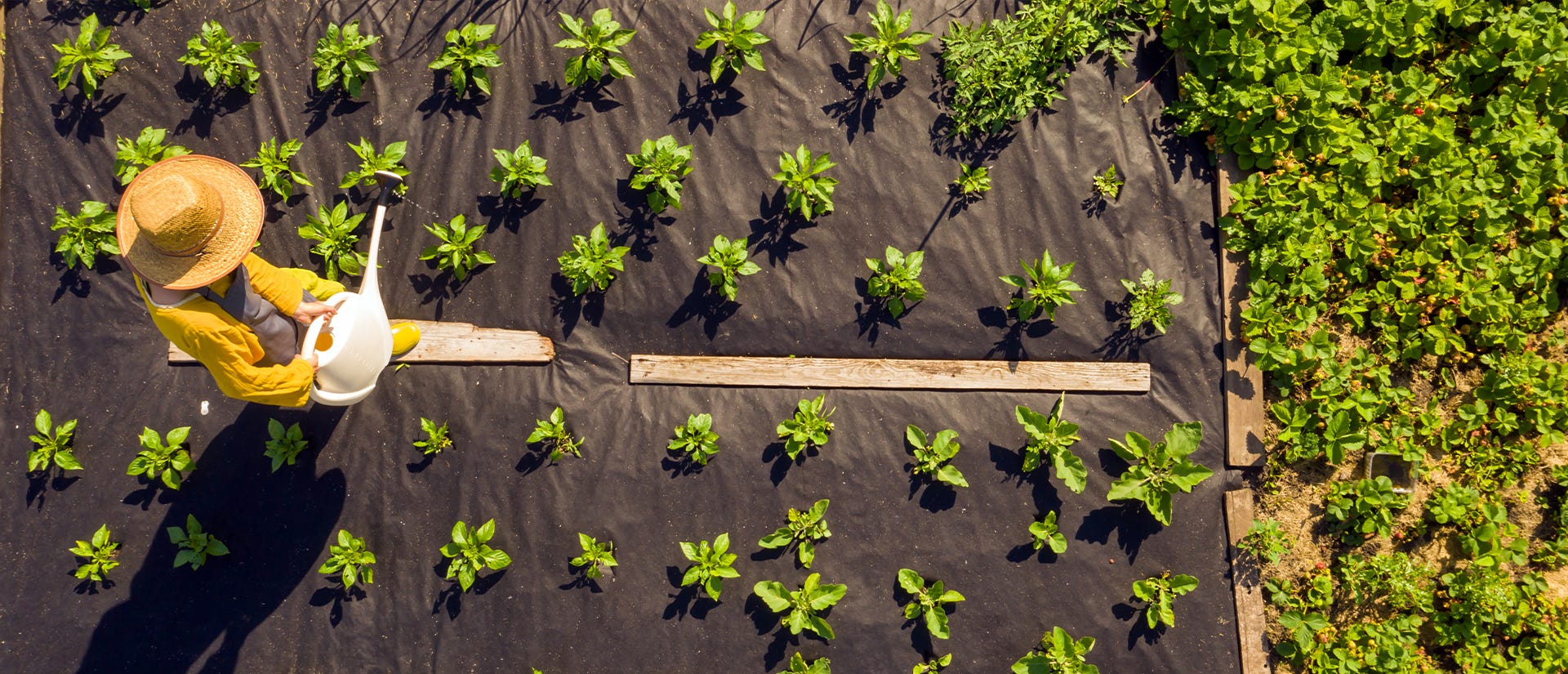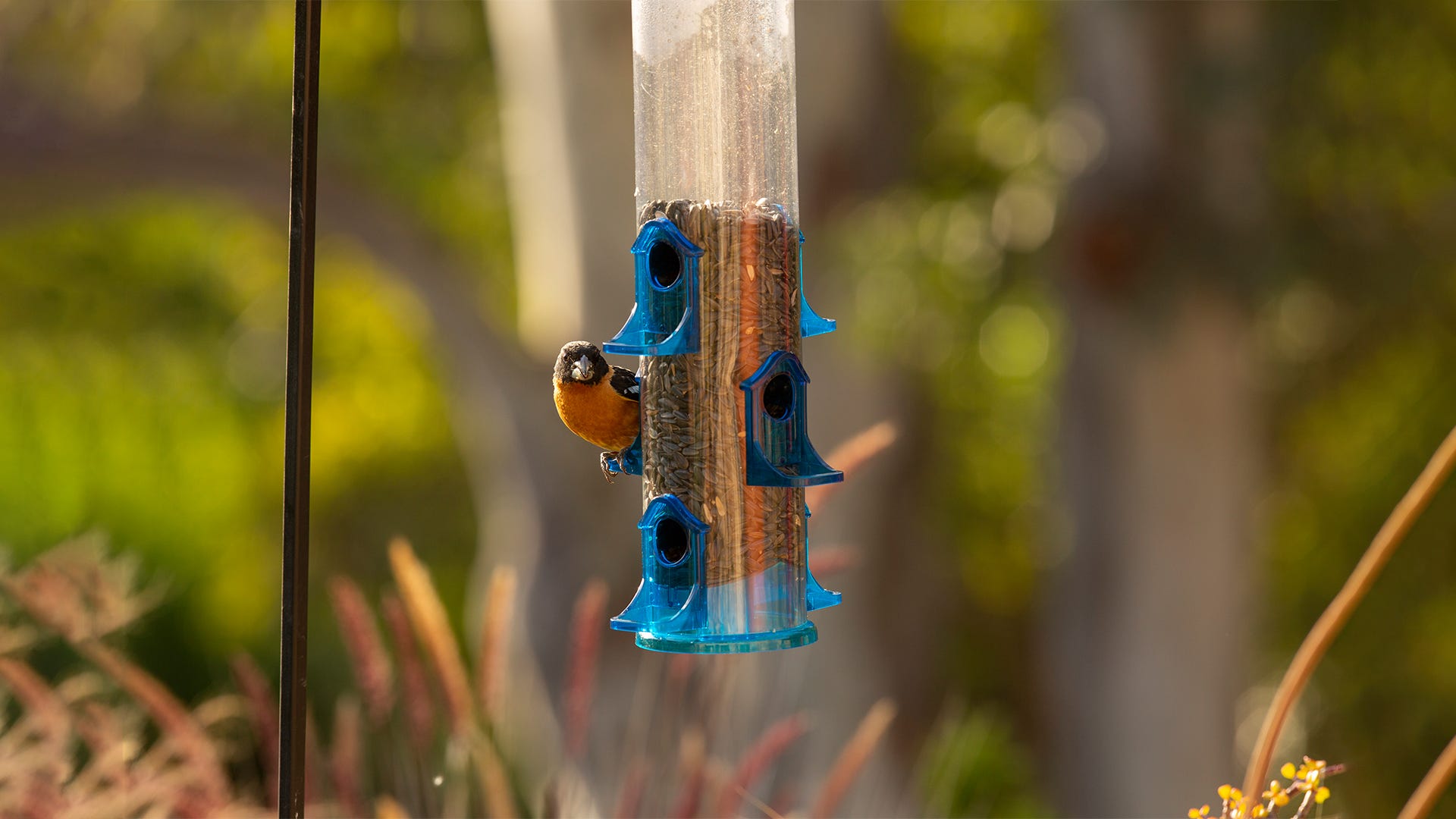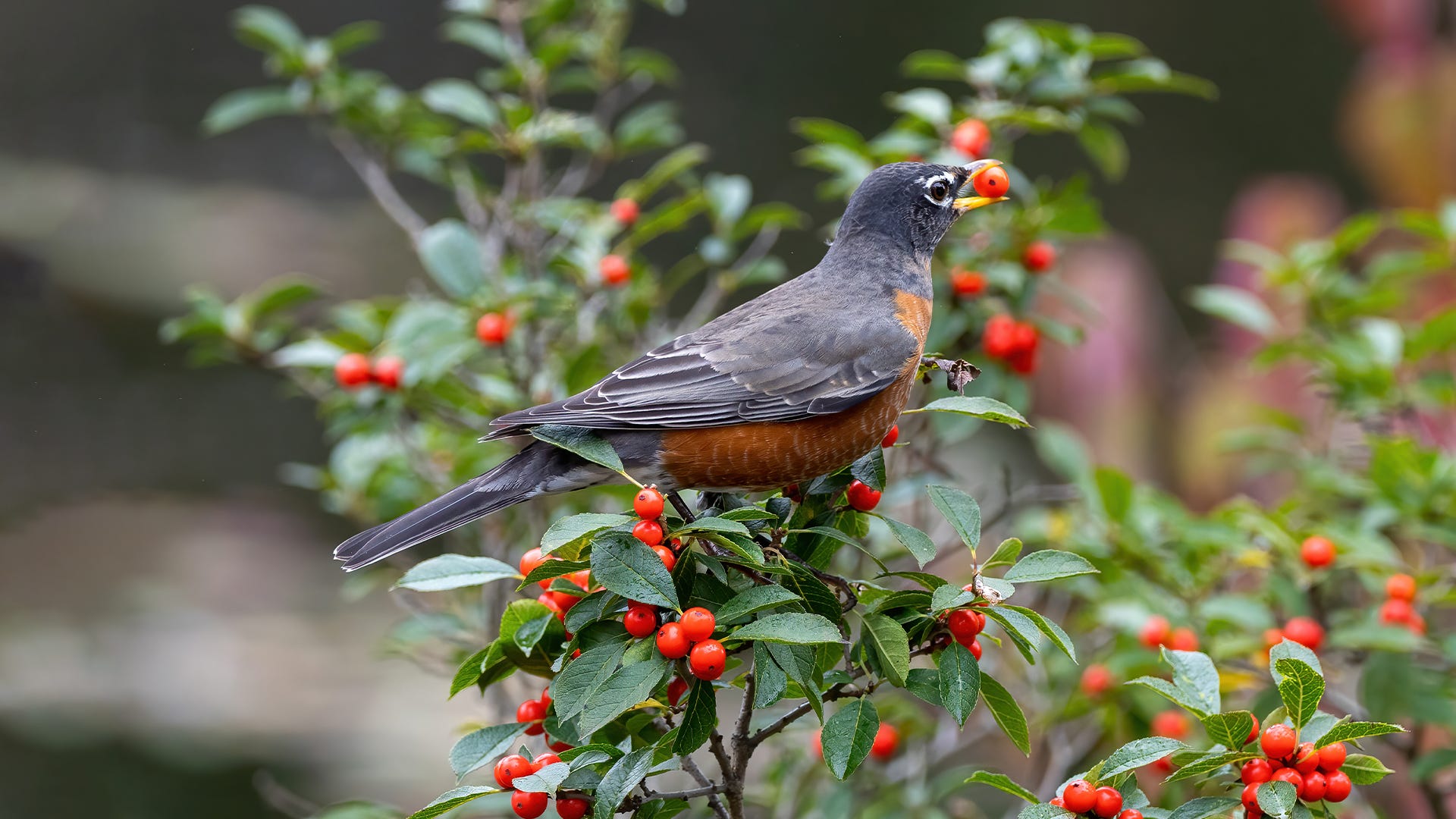
Many birders focus on adding bird feeders, water, native plants, birdhouses, and other features to their yards to attract birds. But have you ever really looked at your yard, garden, or landscape to see what may be keeping birds away? Understanding these possible problems can help you make your yard even more bird-friendly.
Top 10 Things That Keep Birds Out of Your Yard
Some of the most common things in yards and gardens can actually be among the scariest threats or most bothersome obstacles to backyard birds. If your yard, garden, or landscape has several of these potential problems, you may be seeing far fewer bird species than you could.
1. Pets
Of course, we want our pets to enjoy outdoor living spaces as much as we do, and it is healthy and fun for many pets to get fresh air and exercise in the yard. Wild birds, however, can’t distinguish between a friendly puppy and a hunting coyote, and they don’t know that your plump cat could be more interested in sunning itself than stalking birds. Even if the pet is tied, birds won’t recognize the restraint and will keep their distance. Using an outdoor run such as a dog pen or catio can help birds feel more at ease and protect your pet from other outdoor hazards. Alternatively, you can supervise your pets to be sure they aren’t threatening birds.
2. Children
Birds make no distinction between hunting predators and playing children. A yard that is active with running, yelling, and toys is a yard that likely won’t be seeing many bird visitors. Separating bird-friendly areas from children’s play areas is an easy way to welcome feathered friends while still enjoying playtime in the yard. This will also help teach young children about sharing space with wildlife and respecting the needs of birds and other visitors.
3. Statues
A statue or figural decoration can be a great focal point in the garden, but it can also scare birds away. It isn’t just scarecrows that may keep birds away! Statues of other animals could be perceived as predators and discourage birds. Even statues of birds, such as a heron or owl, could seem like competition or predators, and real birds may stay away.

4. Noise
Birds use their keen hearing to listen for threats, warnings and other communication. If your yard has unusual or overwhelming noises, birds won’t be comfortable nearby. Unexpected noises such as wind chimes could spook wary birds, or the sudden roar of an air conditioning unit turning on could cause birds to leave abruptly. Even music filtering through an open window or teenage band practice in the garage can discourage birds. Minimize audible disturbances by setting up the most bird-friendly spaces in quieter parts of the yard; consider closing windows near feeders and relocating wind chimes.
5. Moving Decorations
A bird’s eyesight is its sharpest sense, and birds rely on their vision to see potential threats. Sudden movements from brightly colored flags, glittering pinwheels, spinning garden decorations or fluttering windsocks can all spook birds and convince them your yard is unsafe. Remove these decorations from your yard or put them in areas without vigorous cross breezes to minimize their movement so birds will feel more comfortable.
6. Chemicals
Birds cannot see the chemicals you use on your yard, garden or landscape, but they do see the effects. Insecticides kill off grubs, spiders and other insects that are protein for hungry birds. Herbicides remove seed-producing flowers (including weeds!) and grasses that birds feed on. Without these food sources, your yard may be more attractive to a human’s eyes, but it will be less appealing to birds.
7. Weed Barriers
We may not like to see weeds in our yards, but the obstacles we use to keep weeds away may also be keeping birds away. Weed barrier cloths, fabrics, plastic tarps, and even layers of newspaper and cardboard make it difficult for ground-feeding birds such as thrashers, doves, quail, and sparrows to search for seeds and insects in the dirt. Simply pulling weeds by hand instead of covering up the ground is a more bird-friendly option for weed control.

8. Pruning
A well-pruned and groomed landscape may be aesthetically pleasing for us, but it isn’t as pleasing for birds. Pruning removes perches, fresh buds, ripe fruit, seeds, and shelter that birds would use and leaves fewer resources to meet their needs. Allow plants to have more natural shapes. Not only will you spend less time on yard work, but you will see more birds enjoying the yard as well.
9. Lights
Aggressive backyard lighting can keep birds away from your yard. Not only will nocturnal birds such as owls typically avoid well-lit yards, but bright lights can disturb the roosting spots of other birds. Furthermore, a brightly lit yard is a distraction for migrating birds and can cause disorientation in their travels. Remove unnecessary yard lighting. Shield lit windows at night. Turn off underwater pool, pond, or fountain lights when they aren’t needed. Take any other steps to make the yard darker so birds can brighten it up.
10. Bad Resources
Many birders may have a bird-friendly yard and even add supplemental resources such as feeders, birdhouses and baths to attract more species. However, if those resources aren’t cared for, birds won’t be visiting. A dirty birdbath, empty bird feeder, rancid suet, fermented nectar, unsafe birdhouse and other poor resources may seem like they are meant to help birds, but they are really just keeping birds away.
Every yard is a balance, and we need to be comfortable with how we keep our yards and landscapes in shape for the birds as well as for ourselves. Different birds have different tolerances for these types of potential problems, and even if your yard has one or two weak spots, you may still enjoy plenty of feathered visitors. Being aware of these obstacles to a bird-friendly yard can help you take steps to minimize each one and maximize the birds you welcome to your yard, garden, and landscape.







